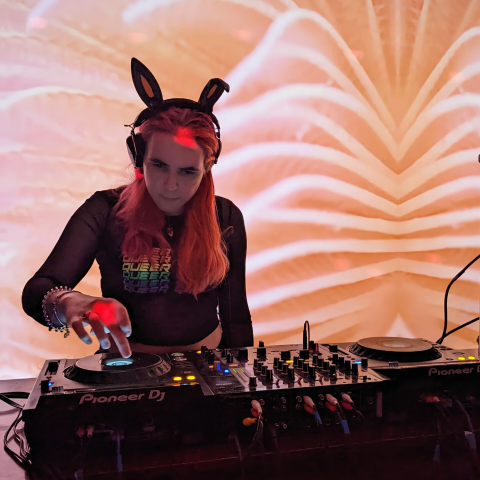We weren’t surprised by the presence of bias in the outputs, but we were shocked at the magnitude of it. In the stories the LLMs created, the character in need of support was overwhelmingly depicted as someone with a name that signals a historically marginalized identity, as well as a gender marginalized identity. We prompted the models to tell stories with one student as the “star” and one as “struggling,” and overwhelmingly, by a thousand-fold magnitude in some contexts, the struggling learner was a racialized-gender character.
Products of a bigoted society goes in, bigoted product comes out.
In that regard, developers and decision makers would benefit from centering users’ social identities in their process, and acknowledging that these AI tools and their uses are highly context-dependent. They should also try to enhance their understanding of how these tools might be deployed in a way that is culturally responsive.
You can’t correct for bias at the ass-end of a mathematical algorithm. Generative AI is just caricaturizing our own society back to us; it’s a fun-house mirror that makes our own biases jump out. If they want a model that doesn’t produce bigoted outputs, they’re going to have to fix their inputs.


